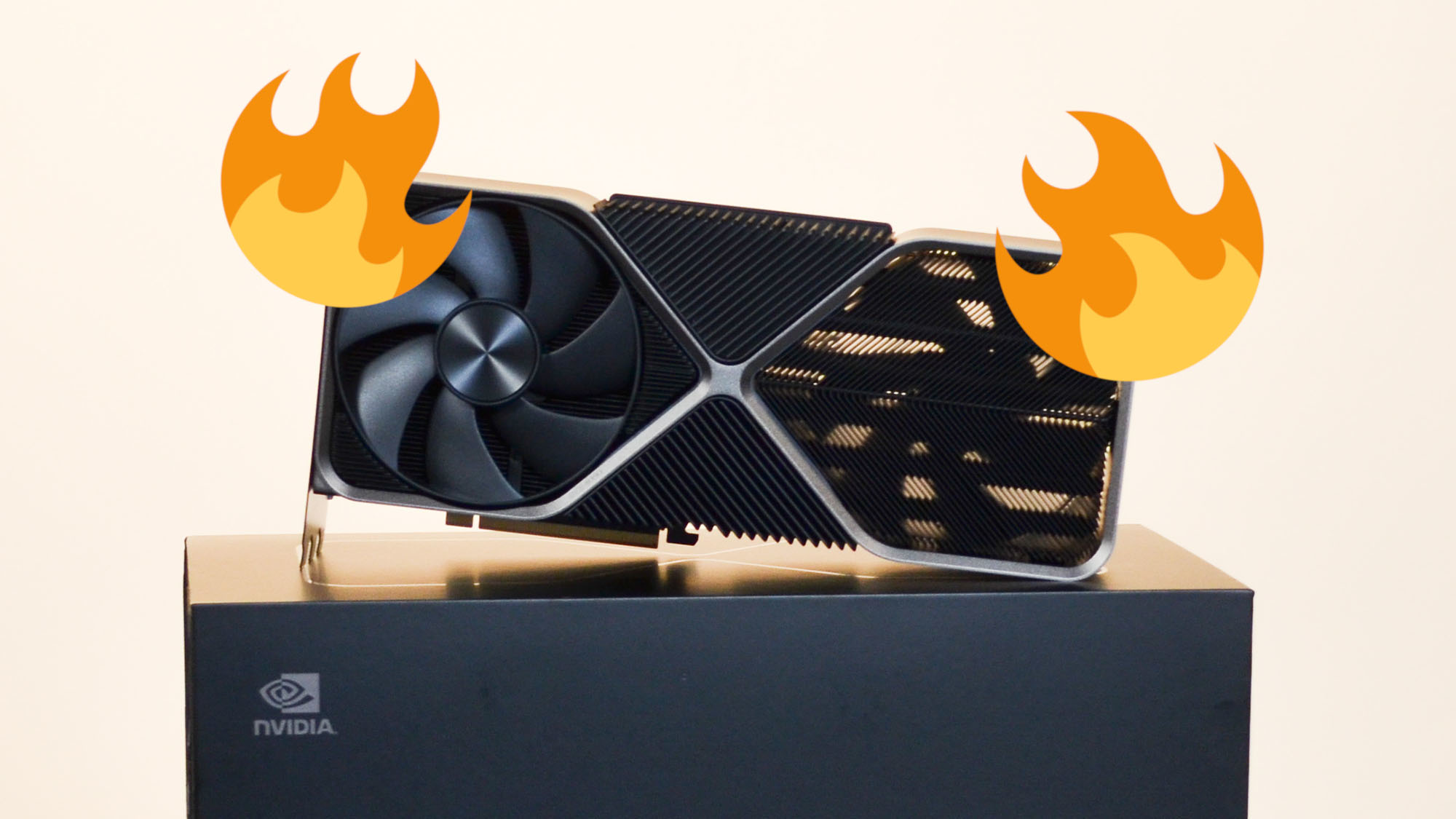
Asus just announced that a new graphics card has gone on sale, namely the Dual GeForce RTX 4060 Ti SSD which has a unique feature.
As the name suggests, it sports an M.2 slot on-board, allowing for connecting an SSD directly to the card – though it can play host to other components too, with Asus demonstrating it hooked up to an Nvidia RTX 4090, no less (we’ll come back to that).
Really, though, the idea is for it to be combined with a solid-state drive, though you may be wondering – what on earth is the point of this?
Well, the RTX 4060 Ti uses 8 PCIe lanes, so in a 16-lane PCIe slot, half of those lanes are going unused. What this solution is doing is using 4 of those empty lanes to run the SSD, making use of spare resources, and giving you a full-fat connection for your drive.
As Asus puts it in the firm’s press release (highlighted by TechPowerUp): “If both the motherboard and the NVMe drive in a user’s system support PCIe 5.0, the drive will operate at full PCIe 5.0 speed.”
The real benefit, though, is allowing for cooling a speedy SSD. There’s a thermal pad in the M.2 slot, giving access to the graphics card’s heat sink, and doubling up the cooling power is the airflow from the Dual GeForce card’s twin fans.
Asus makes some big claims about achieving up to 40% in terms of temperature reductions on the attached SSD, so clearly, there’ll be a decent benefit here compared to the standard M.2 slot on the motherboard.
If you’re thinking all this sounds familiar, Asus demoed the Dual GeForce RTX 4060 Ti SSD some four months back, with this announcement being the graphics card going on sale as noted.
Analysis: Double GPU trouble
This is a niche invention, for sure, but there’ll be some takers out there, no doubt. There’s a novelty factor, of course, and it’s illustrated by something Wccftech spotted.
Namely, the possibility to hook up another graphics card to the Dual GeForce RTX 4060 Ti, making it technically a double GPU, with the secondary board plugged in as an external GPU.
General Manager at Asus, Tony Yu, demonstrated an RTX 4090 being hooked up to the RTX 4060 Ti in this manner, and it worked just fine (on Bilibili). The catch is that you’re only getting 4 PCIe lanes of bandwidth for the RTX 4090 attached in this way, which is totally hamstringing the graphics card – so yes, this is a pointless exercise (not to mention impractical space-wise). Obviously, you should just directly plug in the RTX 4090 itself to the motherboard.
Still, this is a fun sideshow to see in action, with the giant 4090 piggybacking on the 4060 Ti and looking rather ludicrous.







